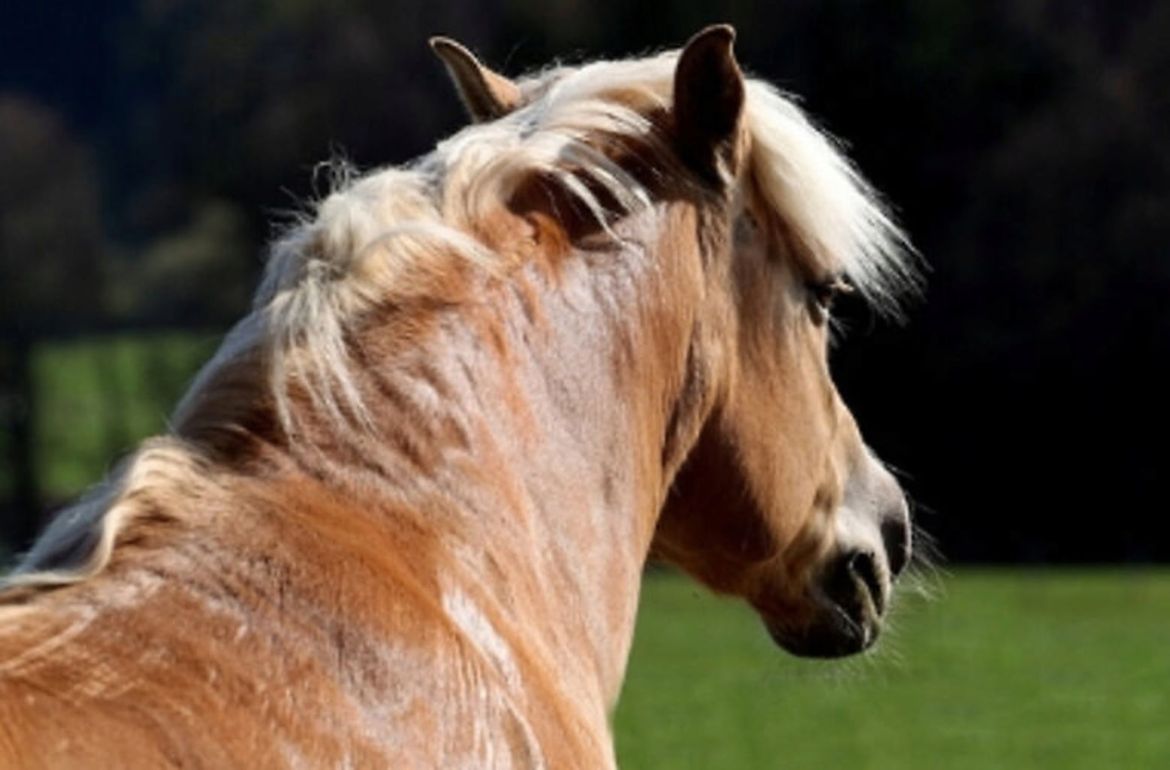Change of Coat
Temperature Equalisation of your Horse
The horse's organism is designed to withstand a wide variety of weather conditions. Horses can live in the desert at +40 degrees, but also in Iceland at -40 degrees Celsius. For horses in our latitudes it is necessary that the body has to adapt to the different seasons. It is no problem for the horse's body to compensate for temperature differences of 40 degrees Celsius. The horse has various options for this. His body continuously produces heat. In winter, the arteries can narrow so that less heat is lost to the outside. In addition, the body is isolated by a thick layer of skin and by the winter coat - depending on the density and thickness of the coat. A layer of sebum on the skin protects against moisture and wind. Layers of mud can also have an insulating effect once they have dried. In addition, the horse can set up its hair so that the moisture does not penetrate to the skin or that the coat can dry more quickly.
In summer the horse uses its sweat glands, through which it can cool its body down if necessary. The arteries widen, heat is continuously given off. The summer coat is correspondingly short and lets air through to the skin. Horses also love to cool off at water points or in the mud.
When does the coat change actually begin?
It is necessary that the horse renews its complete coat twice a year. How does the horse's body know when it is time to change its coat?
There are sensors in the skin that react to changes in the length of daylight. The change of coat begins with the solstice when the days get shorter or longer. By the end of December the days are getting longer again and the skin reacts accordingly. The body receives signals that it is time to slowly shed the long coat. The end of June is the summer solstice. At this time the body is already preparing for the fact that it will soon be colder again.
This mechanism is limited in stabled horses and horses that are regularly covered with a rug. The sensors are not as reactive as they do not participate in the changes in daylight.
What happens in the organism when the coat changes?
The organism of our horses is in full swing at the time of the coat change. The horses consume a lot of proteins, vitamins, trace elements (e.g. copper, selenium and zinc) and minerals. In addition, more energy is required for this conversion and the metabolism is heavily stressed. The need for amino acids and essential fatty acids is increasing. At the same time, the immune system works hard, so that the risk of infections increases during this debilitating phase.
For older, ailing horses or those with high-performance demands, the changed metabolism in the coat change quickly becomes a burden and deficiency symptoms occur. The effects can be varied and range from a dull coat or flaky skin to digestive problems and malaise, sluggishness and reduced motivation. Healthy horses usually have no problems shedding their winter coat and their general well-being is less impaired. However, nutrient deficiencies can creep in even in healthy horses, which can be counteracted by supporting and preventive feeding.
How can you help the horse change coat?
The increased need for minerals and trace elements can usually not be covered by the roughage during the coat change. Above all, the trace element zinc and B vitamins are essential for a healthy coat and to maintain the functioning skin barrier.
Stiefel Kieselguhr
Stiefel Silica is fed to help with skin problems, recurring itching and when the coat is changing. Silica consists of natural silicic acid, which contains a compound of the trace element silicon with water. Silicon is an important building block of tissue and is also involved in skin metabolism and cell growth. Stiefel Silica is also enriched with zinc and vitamin B complex. Zinc is one of the essential trace elements for the metabolism. It is part of many enzymes. Zinc fulfils many different functions in the body. It plays an important role in sugar, fat and protein metabolism and is involved in cell growth. Both the immune system and many hormones need zinc to function. The trace elements cannot be produced in the body; they have to be regularly supplied from the outside. A particularly large amount of zinc is required during growth and when changing coat. The B vitamins are known as regulators for the metabolism and are important for the skin and its development and defence function.
Stiefel Zinc Plus
Zinc is one of the essential trace elements. Especially in the period when the coat changes, the body has an increased need for zinc in order to form the new coat. Unfortunately, zinc can only be stored in the body in small quantities and should therefore be supplied regularly with the feed. Depending on your location, you could be dealing with forage and roughage that contain minute levels of zinc.
Oils
Oils are rich in essential fatty acids and vitamins and have a strengthening effect on the horse's body when the coat changes. At the same time, they are a very good supplier of energy in times of increased metabolism. Stiefel Linseed Oil is particularly rich in omega-3 fatty acids, vitamin A, vitamin E and vitamin D. Stiefel Hemp Oil contains valuable omega-3, omega-6 and omega-9 fatty acids in an ideal ratio for the horse. Stiefel Black Seed Oil also has a stimulating effect on the immune system. If the focus is more on the metabolism, Stiefel Milk Thistle Oil with its omega-6 fatty acids and natural silymarin can stimulate liver health and function.
Stiefel Brewer's Yeast
Stiefel Brewer's Yeast is the all-rounder. It strengthens the horse's natural intestinal flora, increases the digestibility of roughage and thus ensures better absorption of various substances. It is naturally very rich in B vitamins, omega-3 fatty acids and zinc, among other things. These ingredients are essential when changing coat.
THE TOP TIP FOR COAT CHANGES:
Stiefel MSM is an active sulfur compound that can have a positive effect on cell metabolism throughout the body. Sulfur has a central function for the oxygen supply of the cells and helps, among other things, with the regeneration of skin cells.
Related products
-
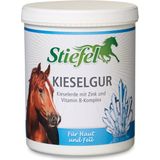 4.9 (8)
4.9 (8)Stiefel Diatomaceous Earth, 1 kg
- Suitable for feeding during the coat change
- For the skin and coat
- Diatomaceous earth with vitamin B and zinc
£16.22 (£16.22 / kg)Delivery by May 08
-
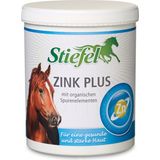 4.9 (11)
4.9 (11)Stiefel Zinc Plus, 900 g
Bestseller- For healthy and strong skin
- Good for the immune system
- With organic trace elements
£17.45 (£19.39 / kg)Delivery by May 08
-
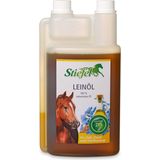 4.8 (9)
4.8 (9)Stiefel Linseed Oil , 1 l
Bestseller- Cold-pressed oil
- 100% natural oil
- Supplement for the daily feed ration
£6.93 (£6.93 / l)Delivery by May 08
-
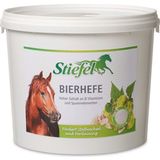 4.9 (11)
4.9 (11)Stiefel Brewer's Yeast, 3 kg
Bestseller- Valuable composition of vitamins and trace elements
- Can support digestion and metabolism
- For feeding during the coat change and at the start of the grazing season
£17.45 (£5.82 / kg)Delivery by May 08
-
Great Britain: Free standard delivery from £79.90
-
Free
returns Secure payments
with SSL encryption technology

